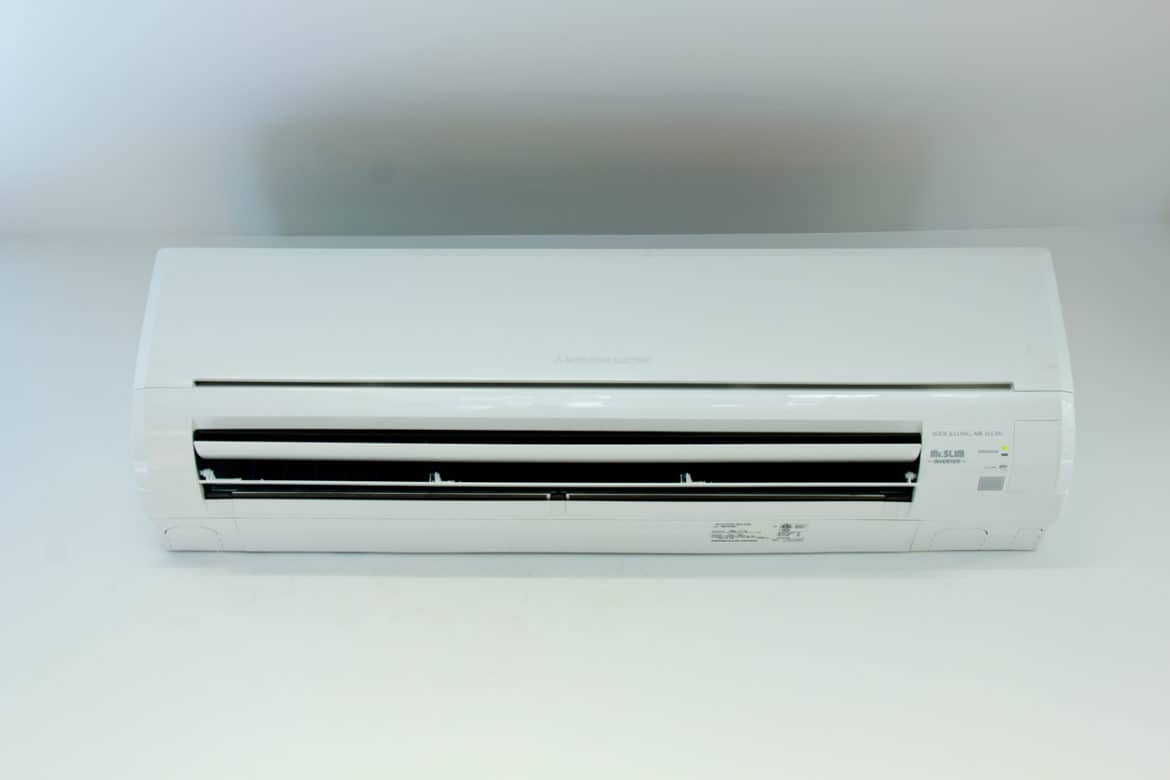
HEAT PUMPS
The advanced envelope of a high performance building pushes heating and cooling loads down to very low levels. The next step in slashing building energy use is to meet those small loads super-efficiently. That is where heat pump technology comes in.
A heat pump, whether of the air-to-air, air-to-water, or ground source variety, works by moving heat from one place to another. Unlike a furnace that burns fossil fuels to create heat, a heat pump can “grab” heat from cold air outside and move that heat inside.
But how does that work? And what makes it so much more efficient than the traditional combustion process? Because heat pumps harness the energy of phase change to make the magic happen: liquid to vapor and back again.
Ever wonder why the air around a waterfall is so much colder than other air nearby? Phase change from water to vapor, also known as evaporative cooling. In a waterfall lots of liquid water transforms into vapor as the water falls. This change in phase requires a big input of heat to break the attractive bonds of water molecules so that they can float around freely as vapor. The air around the waterfall cools as the air’s heat is absorbed by this process. This heat energy is then stored by the vapor as “latent heat,” potential energy that can be harnessed later when the vapor changes phase back to liquid water again. When the vapor condenses its latent heat is released as sensible heat. (Credit to our friend Brad Liljequist of International Living Future Institute for drawing the connection between waterfalls and heat pumps.)
Heat pumps use pressure (a compressor and an expansion valve) and fans to play with the energy wrapped up in these phase changes to move heat from outside to inside in the winter and from inside to outside during the summer. Rather than using water as the medium for these phase changes, heat pumps commonly use a refrigerant with a lower boiling point, making it easier to manipulate the shift from liquid to vapor and back again.

Air handler of the ductless minisplit heat pump at Glasswood Passive House Retrofit.
This process of manipulated phase change is called the refrigeration cycle. Refrigerators and air conditioners use it, though in one direction only. Most of the heat pumps we use to space condition our buildings can reverse the cycle so that in winter they heat buildings and in summer cool them. (For an excellent explanation of the refrigeration cycle, see Allison Bailes’ post on the subject at Energy Vanguard.)
In summary, very cold refrigerant is warmed by the cold-but-still-warmer-than-the-refrigerant winter air, causing the refrigerant to cross its boiling temperature and vaporize. This vapor is then brought inside through the heat pumps coils and put under high pressure by the compressor, making its temperature increase dramatically. Fans then blow across the coils holding this hot vapor, warming interior air. As the refrigerant cools, it eventually condenses back into liquid and travels back outside. The refrigerant then passes through an expansion valve (described by Bailes as “where the magic happens”), which allows the compressed refrigerant to expand into a bigger volume and cool significantly, becoming very cold refrigerant again. Then the cycles starts all over.
In summertime, the cycle is simply reversed, moving heat from inside to outside.
Because this process harnesses the energy of phase change, the energy input into a heat pump is simply the electricity necessary to power the compressor and fans. Unlike a furnace, we’re not burning fuel to ‘make’ heat here. For this reason, the coefficient of performance (COP) of a heat pump can easily reach a value of four for example, meaning that the ratio of heating or cooling energy provided versus the energy consumed by the heat pump is four to one.
Furthermore, advances in heat pump technology have dramatically reduced the global warming potential (GWP) of the refrigerants used in heat pumps. For example, we now use a heat pump water heater in our high performance projects that employs carbon dioxide as its refrigerant. Carbon dioxide has a GWP of just one, so it is 2100 times less potent as a contributor to global warming than the more common R-410a refrigerant (GWP of 2100).
When you combine a super-efficient building envelope with super-efficient mechanical equipment like heat pumps you dramatically reduce building energy use. Physics can be a powerful ally. Watch Jonathan Cohen of Imagine Energy discuss the air-to-water heat pump we installed at Karuna House:

